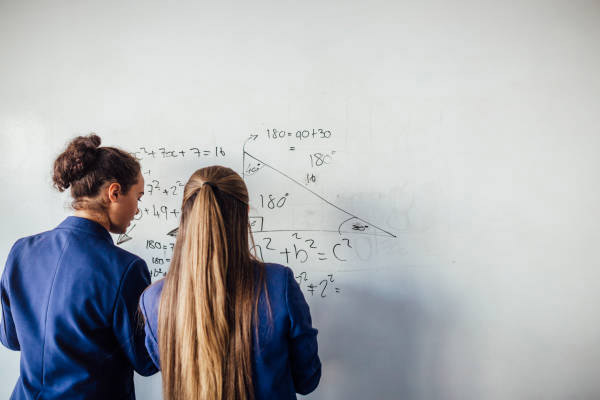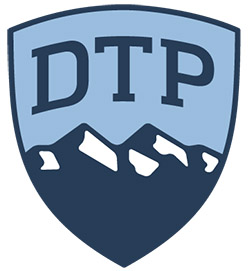Colorado’s Best Geometry Tutors.
Denver Test Prep Geometry tutors help students build a strong foundation of all conceptual levels of geometry, as well as provide students with knowledge about the language of geometry, properties of parallel lines and congruent triangles, special polygons, inequalities in triangles, and similarities. Students will master proofs and key formulas necessary to measure area, volume, circumference, and other calculations that regularly show up on standardized tests. Additionally, tutors will help students master broader skill sets such as visualization, analysis, and both inductive and deductive reasoning.

Geometry concepts covered on the SAT and ACT
In addition to helping our students succeed in their high school geometry course, Denver Test Prep geometry tutors help students to master the skills necessary to be successful on the SAT and ACT. A sample list of geometry concepts that are consistently tested on the SAT and/or ACT are copied below.
- Area and circumference of a circle
- Area and perimeter of a polygon
- Volume of a box, cube, and cylinder
- Slope
- Similarity
- Geometric visualization
- Transformations
- Pythagorean Theorem and special properties of isosceles, equilateral, and right triangles
- Properties of parallel and perpendicular lines
- Coordinate geometry
Key geometry terms and concepts
Understanding the language of geometry is crucial for all motivated geometry students! While the list below is far from comprehensive, it serves as a starting point for students studying geometry in middle school and high school.
- Line – set of points which goes on forever in both directions.
- Line Segment – a potion of a line that consists of two endpoints and all points between them.
- Ray- has one endpoint and goes on forever in one direction.
- Congruent segments – segments that have the same length.
- Bisector of a segment – line or ray that divides a segment into two equal parts.
- Midpoint of a segment – a point that divides the segment into two equal parts.
- Acute angle – angle whose measure is between 0 degrees and 90 degrees.
- Right angle – angle whose measure is 90 degrees.
- Obtuse angle – angle whose measure is greater than 90 degrees but less than 180 degrees.
- Congruent angles – angles that have the same measure.
- Right triangle – triangle with a right angle.
- Scalene triangle – triangle with no sides that are equal to one another.
- Isosceles triangle – triangle with two sides that are equal to one another.
- Equilateral triangle – triangle with all sides of equal length.
- Complementary angles – two angles whose sum is 90 degrees.
- Supplementary angles – two angles whose sum is 180 degrees.
- Perpendicular lines – two lines that intersect to form right angles.
- Parallel lines – two lines that never intersect.
- Similar triangles – two triangles with the same angles and the same ratio between sides.
- Parallelogram – quadrilateral in which both pairs of sides are parallel.
- Rectangle – parallelogram with four right angles.
- Square – parallelogram with four right angles and four sides that are the same length
- Pythagorean Theorem – in a right triangle, the sum of the squares of the legs is equal to the square of the hypotenuse
- Circle – the set of points in a plane that are all equidistant from a single fixed point called the center.
- Radius – segment whose endpoints are the center of the circle and a point on the circle.
- Chord – segment that connects two points on the circle.
- Diameter – chord that passes through the center of the circle. The diameter is twice the length of the radius.
- Surface area – sum of the area of all the faces in a 3d shape.
“I really liked that my tutor helped me to develop my own pace, but challenged me to increase my stamina in answering questions. In a sense, my tutor helped me feel comfortable with myself when prepping, which in turn helped relieve the nervousness that I often feel when taking tests and ultimately resulted in an improved overall score.”

